You’re stumped. Your hot tub’s alkalinity is off and you’ve heard baking soda might be the fix. But how much should you use? Too little won’t make a dent, too much could cause havoc.
To raise the alkalinity in a hot tub, you should use approximately 1.5 pounds of baking soda per 10,000 gallons of water. However, it’s crucial to add it slowly and in small increments, allowing the water to circulate for a few hours before retesting the alkalinity levels. Too much baking soda can cause the water to become too alkaline.
Don’t worry, we’ve got you covered. We’ll guide you through the exact amount of baking soda needed to safely raise your hot tub’s alkalinity while avoiding any potential mishaps. Dive in to discover your hot tub’s happy balance!
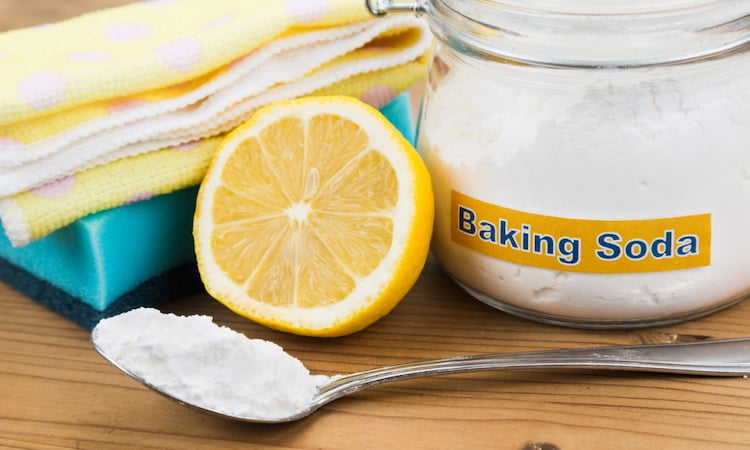
Quick Navigation
- Does Baking Soda Raise Hot Tub Alkalinity?
- How Much Baking Soda to Add to Increase Alkalinity?
- How Long Does it Take For Baking Soda to Raise Alkalinity?
- What Happens if You Put Too Much Baking Soda in a Hot Tub?
- What To Do If I Already Put Too Much Baking Soda in My Hot Tub?
- Frequently Asked Questions
- Conclusion
Does Baking Soda Raise Hot Tub Alkalinity?
You might be wondering if baking soda can indeed increase the alkalinity in your hot tub. The answer is, absolutely yes. Baking soda, also known as sodium bicarbonate, is a very effective way to raise the alkalinity of your hot tub water.
You see, alkalinity serves as a buffer to prevent drastic changes in your tub’s pH levels. If the alkalinity is too low, pH levels can fluctuate wildly, causing damage to your hot tub and discomfort to you. That’s where baking soda comes in. When you add baking soda to your hot tub, it reacts with the water to form bicarbonate ions, increasing the total alkalinity.
Related Read: Does Baking Soda Raise pH in Hot Tub?
However, you’ve got to be cautious. Simply dumping a bunch of baking soda into your hot tub won’t do the trick. It’s all about balance. You’ll need to add the baking soda gradually, testing the water frequently until you reach the ideal alkalinity range of 80-120 parts per million.
How Much Baking Soda to Add to Increase Alkalinity?
Let’s now determine the exact amount of baking soda you’ll need to add to effectively increase the alkalinity in your hot tub.
It’s crucial to remember that the amount can vary based on the size of your hot tub and the existing alkaline level. But as a general rule, for every 100 gallons of water, one tablespoon of baking soda can raise the total alkalinity by about 10 parts per million (ppm).
Now, before you start pouring in baking soda, you’ll want to test the current alkalinity level. Ideal alkalinity levels should range between 80-120 ppm. If your hot tub’s water is below this range, it’s time to add baking soda.
Measure your hot tub’s water capacity and calculate the appropriate amount of baking soda needed.
How Long Does it Take For Baking Soda to Raise Alkalinity?
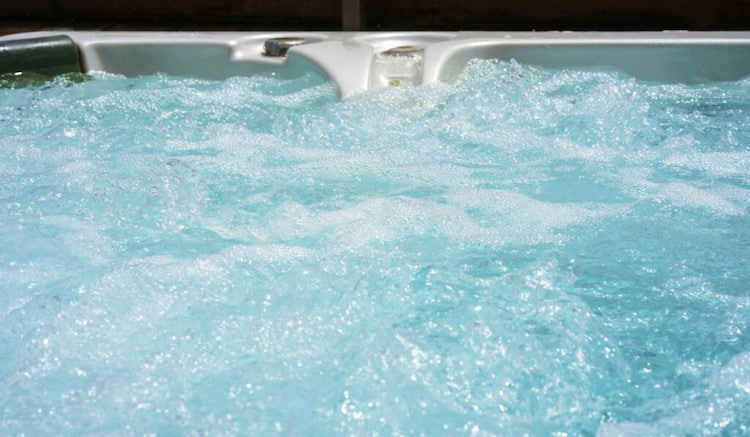
After adding baking soda to your hot tub, it’ll typically take between 6 to 24 hours to fully raise the alkalinity, but this can vary based on the tub’s size and the water’s initial alkaline level.
The process isn’t instantaneous, the baking soda needs adequate time to interact with the water to change its pH.
To ensure the effectiveness of this process, consider the following:
- Test the water’s initial alkaline level: Knowing the starting point will help you determine how much baking soda to use and anticipate the time it’ll take for the alkalinity to increase.
- Stir the water: After adding the baking soda, make sure to circulate the water. This will help distribute the baking soda evenly and speed up the process.
- Retest the water after 6 hours: If the alkalinity hasn’t reached the desired level, you may need to add more baking soda.
- Monitor the tub: Keep an eye on the water’s clarity and the tub’s overall condition. If you notice any changes, it may indicate that the alkalinity is too high.
What Happens if You Put Too Much Baking Soda in a Hot Tub?
If too much baking soda is put in your hot tub, it’ll likely result in excessively high alkalinity, and this can cause a series of issues including cloudy water, scale formation, and skin irritation.
High alkalinity can disrupt the balance of chemicals in the hot tub, making the water less effective at neutralizing bacteria and germs.
The table below highlights some potential issues:
| Issue | Cause | Effect |
|---|---|---|
| Cloudy Water | Overloaded baking soda increases total alkalinity, disrupting the water’s clarity. | Decreased visibility in your hot tub and potential damage to the circulation system. |
| Scale Formation | High alkalinity leads to calcium deposits on surfaces. | Shortened lifespan of hot tub components, and a rough surface underfoot. |
| Skin Irritation | Altered pH levels due to excessive baking soda can cause skin irritations. | Uncomfortable bathing experience, skin dryness, or itchiness. |
To avoid these problems, you’ll want to add baking soda gradually, testing the water’s alkalinity frequently with a reliable test kit.
Remember, moderation is key when adjusting the chemical balance of your hot tub. Too much of anything, even something as harmless as baking soda, can have negative consequences.
What To Do If I Already Put Too Much Baking Soda in My Hot Tub?
So, you’ve gone overboard with the baking soda in your hot tub, and now you’re wondering what to do next. No panic. It’s a common mistake and there are steps you can take to correct it.
Here’s what you need to do:
- Dilution: The easiest way to reduce the amount of baking soda is by adding more water to the hot tub. This will naturally dilute the concentration of baking soda.
- Drain and Refill: If dilution doesn’t work or the concentration is too high, you might have to drain some or all of the water and refill it.
- Chemical Balancers: You could use chemical balancers available in the market to neutralize the excess baking soda. However, this should be your last resort as it might affect the chemical balance of your hot tub.
- Test the Water: After you’ve taken these steps, be sure to test the water. You want to ensure the alkalinity is back to the normal range of 80-120 parts per million.
Frequently Asked Questions
No, you’ve got it backward. Baking soda increases alkalinity in a hot tub, not reduce it. If you want to decrease alkalinity, you’ll need to use an acid, like muriatic or dry acid.
Using baking soda in your hot tub can cause cloudiness if overused. It’s also less stable than specialized products, leading to frequent adjustments. You’re risking imbalanced water which can damage tub components and irritate skin.
You can also use hot tub chemicals specifically designed to increase alkalinity. These products, typically sodium bicarbonate-based, are formulated to safely and effectively raise alkalinity levels without disturbing the water balance.
You should test your hot tub’s alkalinity levels at least once a week. If you’re frequently using the tub or adjusting chemicals, it’s best to check more often to maintain optimal water balance.
Yes, it’s safe to use your hot tub immediately after adding baking soda. However, it’s better to wait a bit, allowing the baking soda to fully dissolve and properly adjust the tub’s alkalinity levels.
Conclusion
Yes, baking soda can indeed raise your hot tub’s alkalinity. Generally, you’ll need about a tablespoon per 100 gallons. It typically takes a few hours for it to affect the alkalinity.
However, overdoing it can lead to cloudiness or foamy water. If you’ve added too much, dilute it by adding more water, and remember to test the water regularly to maintain the right balance.

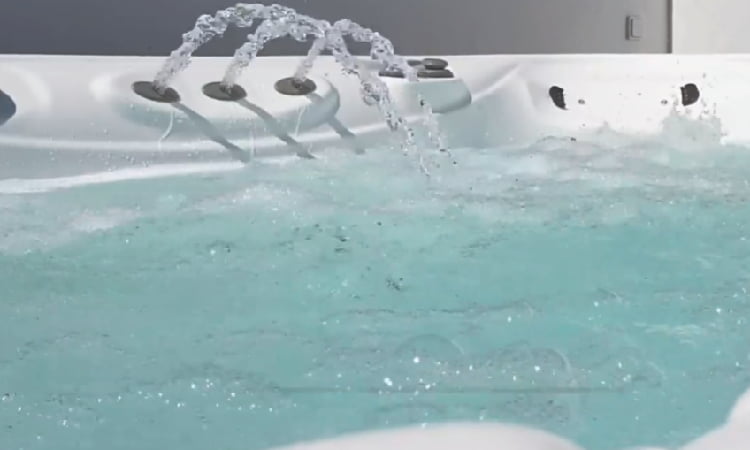
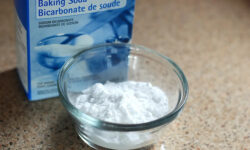
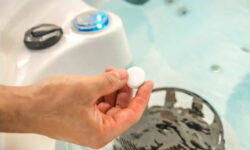
![What is a Stabilizer in a Hot Tub? [Types of Stabilizers] what is a stabilizer in hot tubs and how does it work](https://hottubtales.com/wp-content/uploads/2023/10/what-is-a-stabilizer-in-hot-tubs-and-how-does-it-work-250x150.jpg)
![Can You Over Shock a Hot Tub? [What to Do if You Did?] can you over shock a hot tub](https://hottubtales.com/wp-content/uploads/2023/10/can-you-over-shock-a-hot-tub-250x150.jpg)
![How to Lower Bromine Level in Hot Tub? [& Signs of High Levels] how to lower bromine level in hot tub](https://hottubtales.com/wp-content/uploads/2023/10/how-to-lower-bromine-level-in-hot-tub.jpg)